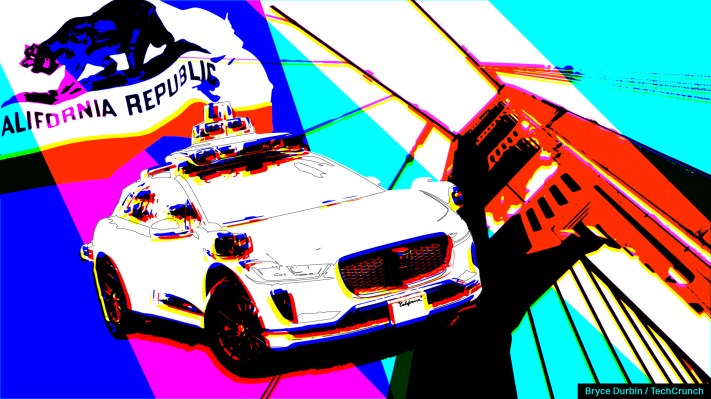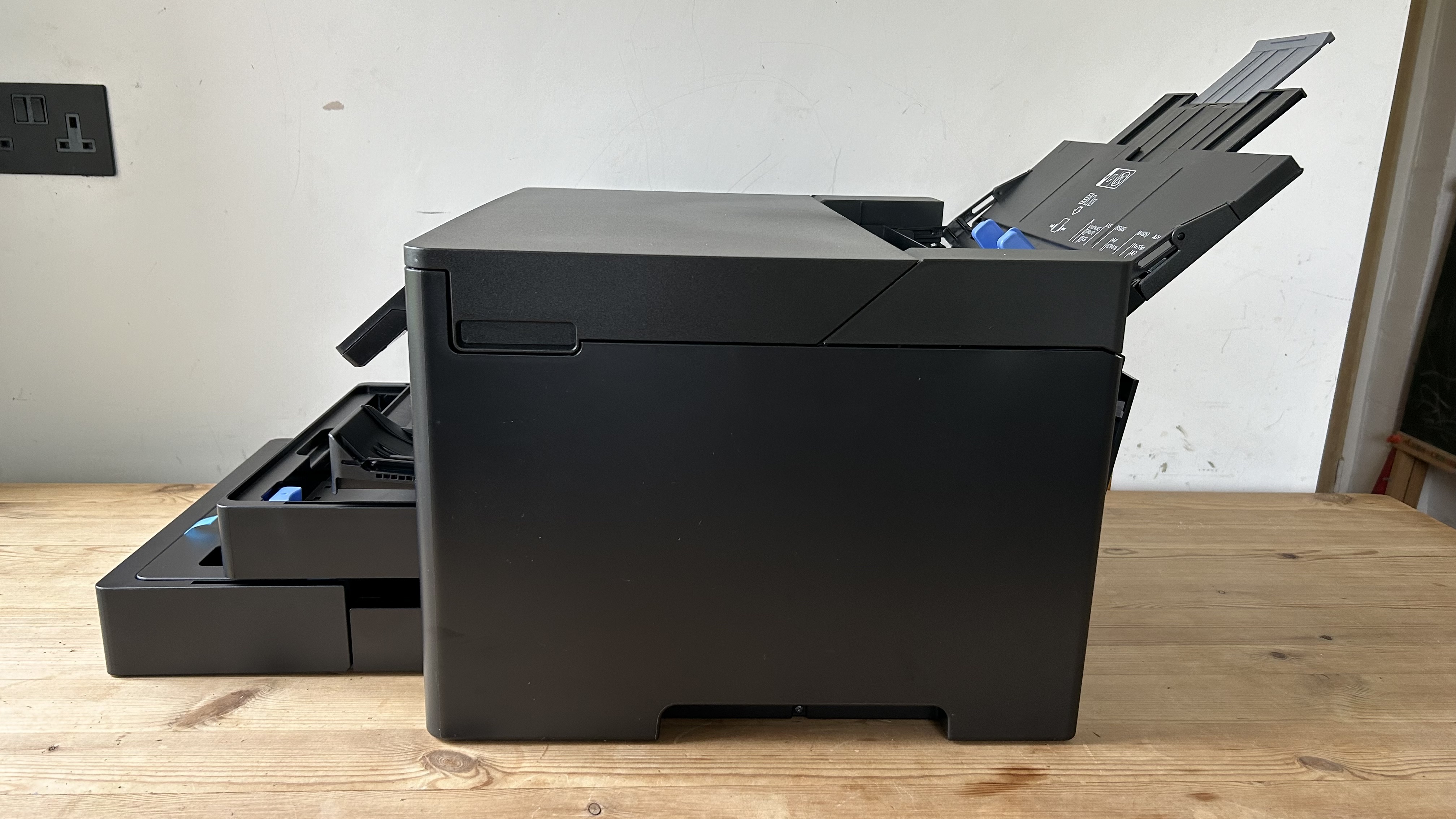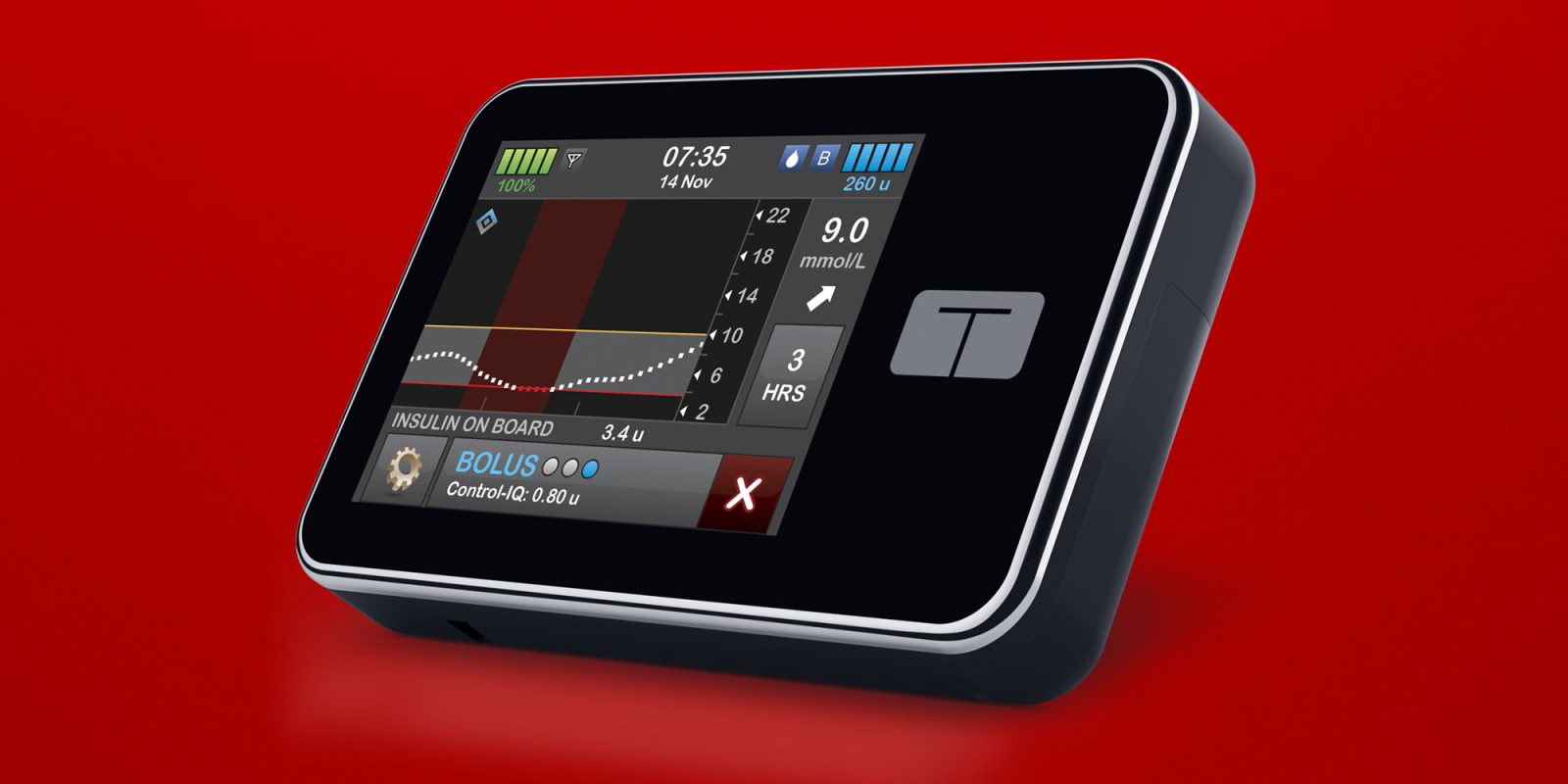
Cities around the country have long been crying out for more control over how autonomous vehicles are deployed on their streets. In California, they might finally get their wish. A handful of AV-related bills, which made progress this month in their long journey through the state legislature, could put more restrictions on companies like Cruise, Motional, Waymo and Zoox.
One bill, SB 915 , stands out because it could give cities more power to set their own rules around robotaxis — things like hours of operation and appropriate pickup and drop-off locations. The bill, which passed the Senate Transportation Committee this week, is one of several laws that have been introduced in California this year dedicated to putting guardrails on the pioneer technology. The stakes are high for just about everyone.

California, which is the fifth-largest economy in the world, must thread the regulatory needle to protect its residents without losing the kind of next-generation companies that have helped turn the state into a hub of tech talent. Waymo and Cruise, both of which are headquartered in California, risk more red tape that could hinder expansion — a key factor to achieving profitability. City officials, and the people they represent, are fighting for a say in how this all plays out.
Harsher rules could influence other states to take similar measures — a path that played out with California’s rules on vehicle emissions standards . It could have a counter-effect as well. “To g.















